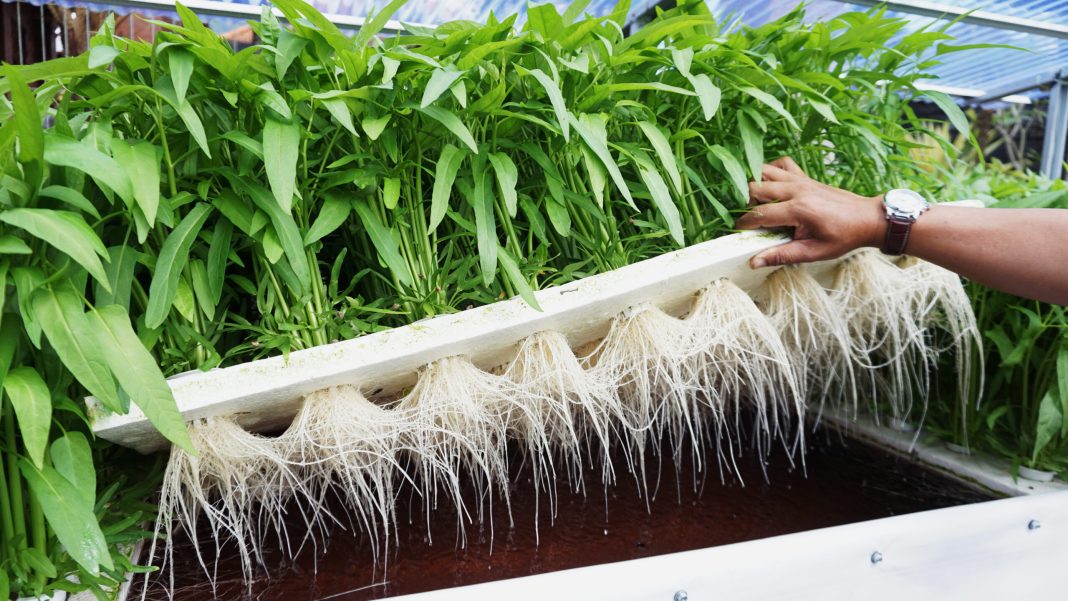Protective cultivation is a strategic approach in agriculture designed to shield crops from adverse environmental conditions, ensuring better yields even in unpredictable climates. As climate change and weather variability become increasingly pronounced, farmers and growers are turning to protective cultivation techniques to safeguard their crops and optimize productivity. This article delves into the concept of protective cultivation, exploring its methods, benefits, and impact on modern agriculture.
1. Understanding Protective Cultivation
Definition
Protective cultivation refers to agricultural practices that involve using physical structures or controlled environments to shield crops from harmful environmental factors such as extreme temperatures, excessive rainfall, or strong winds. The goal is to create a stable growing environment that enhances crop growth and productivity.
Why It Matters
- Climate Variability: Unpredictable weather patterns can cause significant damage to crops, affecting yield and quality.
- Risk Management: Protective cultivation helps mitigate risks associated with extreme weather events and climatic changes.
2. Methods of Protective Cultivation
Greenhouses
Greenhouses are enclosed structures that provide a controlled environment for plants. They offer protection from harsh weather conditions, pests, and diseases while allowing for precise control over temperature, humidity, and light levels.
- Types of Greenhouses: Traditional glasshouses, polycarbonate greenhouses, and high-tech climate-controlled greenhouses.
- Benefits: Extended growing seasons, reduced need for pesticides, and optimized growing conditions.
Polytunnels
Polytunnels, also known as hoop houses, are semi-permanent structures covered with plastic sheeting. They offer protection from rain, wind, and cold temperatures while allowing for good light transmission.
- Advantages: More affordable than greenhouses, easy to install, and suitable for a wide range of crops.
- Limitations: Less durable than greenhouses and may require regular maintenance.
Row Covers
Row covers are lightweight fabrics placed over rows of plants to protect them from frost, pests, and wind. They can be used in combination with other protective methods for added security.
- Types: Floating row covers, netting, and shade cloth.
- Uses: Protecting young seedlings, extending the growing season, and reducing pest infestations.
Cold Frames
Cold frames are low, enclosed structures that trap heat from the sun to create a warmer microclimate for plants. They are often used for starting seeds or extending the growing season for hardy crops.
- Design: Typically constructed with a hinged lid or transparent cover to allow sunlight in and provide ventilation.
- Applications: Early spring planting and overwintering crops.
Shade Structures
Shade structures provide relief from intense sunlight and heat, helping to protect plants from sunburn and reduce water loss through evaporation.
- Materials: Shade cloths, netting, and mesh.
- Benefits: Useful in hot climates to reduce heat stress and improve plant health.
3. Benefits of Protective Cultivation
Enhanced Crop Yields
By providing a stable growing environment, protective cultivation helps ensure that crops receive consistent conditions, leading to better growth and higher yields.
Extended Growing Seasons
Protective structures allow for earlier planting and later harvesting, extending the growing season and enabling multiple crop cycles per year.
Improved Quality
Controlled environments reduce the risk of disease, pests, and environmental stress, resulting in higher-quality produce with fewer blemishes and defects.
Resource Efficiency
Protective cultivation can lead to more efficient use of water, nutrients, and energy, as it reduces the impact of external environmental factors.
Risk Reduction
By shielding crops from extreme weather events and climatic variability, protective cultivation mitigates risks and uncertainties associated with traditional open-field farming.
4. Challenges and Considerations
Cost
Initial setup and maintenance costs for protective structures can be significant. However, the long-term benefits often outweigh the initial investment.
Maintenance
Protective structures require regular maintenance to ensure their effectiveness and longevity. This includes repairs, cleaning, and adjustments.
Climate Adaptability
The design and type of protective structure should be chosen based on the specific climate and environmental conditions of the growing area.
Knowledge and Expertise
Successful implementation of protective cultivation techniques requires knowledge of crop needs, environmental management, and system operation.
5. Future of Protective Cultivation
As climate change continues to impact agriculture, the importance of protective cultivation is likely to grow. Advances in technology and materials are making protective systems more efficient, affordable, and accessible. Innovations such as smart greenhouses with automated climate control, advanced materials for improved insulation, and integrated pest management systems are shaping the future of protective cultivation.
Conclusion
Protective cultivation is a crucial strategy for modern agriculture, offering a solution to the challenges posed by unpredictable climates and extreme weather conditions. By utilizing methods such as greenhouses, polytunnels, row covers, cold frames, and shade structures, growers can safeguard their crops, enhance yields, and improve produce quality. Despite the challenges and costs associated with protective cultivation, its benefits in risk management and resource efficiency make it a valuable approach for ensuring food security and agricultural sustainability in the face of climate uncertainty.










